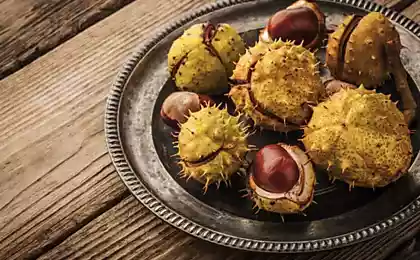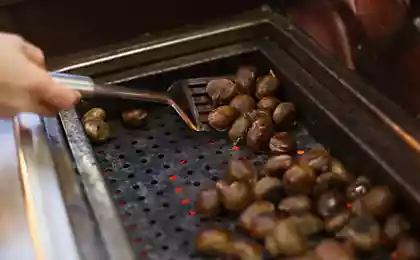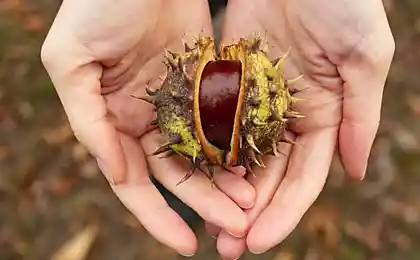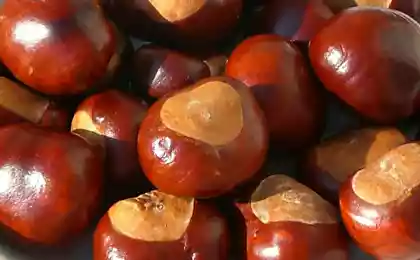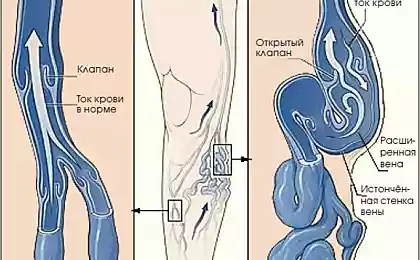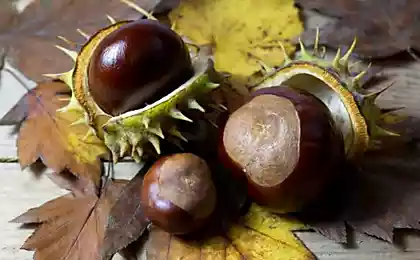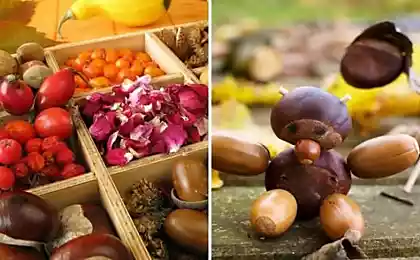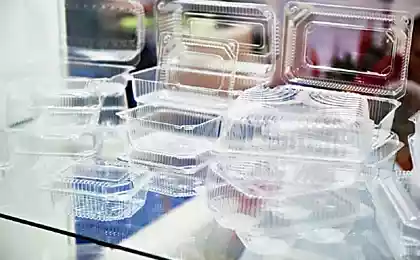570
Toys of chestnuts that you can do with your hands
The caterpillar of the chestnut
It's pretty lightweight, but at the same time cute crafts. This task will be feasible even for the little ones. To make the caterpillar you will need: chestnuts (at least five pieces), colored clay, matches or toothpicks. So, make the ball from the plate and with the two sides giving it the chestnuts. So segment by segment to form your caterpillar. From clay to make her fanciful eyes, nose, mouth, and mustache to attach the wooden pieces of matches or toothpicks.
The cheerful caterpillar can be put on the composition of several sheets. Learning how to make a caterpillar home, a child can easily reproduce their skills in a group or class.
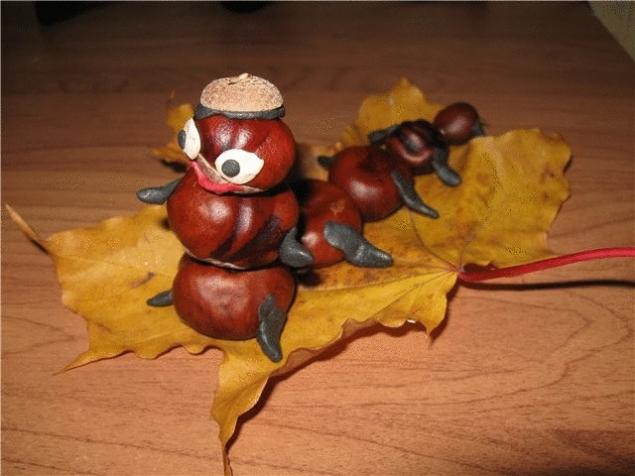
The bug from chestnut
For DIY you need: one chestnut, peel from the chestnut, a pair of thin twigs and a little clay, beans (two pieces).
Chestnut will play the role of the head of our insect, the skin will be the body. Necessary to dry the latter and to release it from the needles. White beans will fancy eyes, which fasten to the head using the black (brown) clay or glue. Plasticine to the nose of the joining two branches — this will be the mustache. To the body also attach branches (three on each side), slightly bendable, and the bug appear on the foot.
Source: /users/413
It's pretty lightweight, but at the same time cute crafts. This task will be feasible even for the little ones. To make the caterpillar you will need: chestnuts (at least five pieces), colored clay, matches or toothpicks. So, make the ball from the plate and with the two sides giving it the chestnuts. So segment by segment to form your caterpillar. From clay to make her fanciful eyes, nose, mouth, and mustache to attach the wooden pieces of matches or toothpicks.
The cheerful caterpillar can be put on the composition of several sheets. Learning how to make a caterpillar home, a child can easily reproduce their skills in a group or class.

The bug from chestnut
For DIY you need: one chestnut, peel from the chestnut, a pair of thin twigs and a little clay, beans (two pieces).
Chestnut will play the role of the head of our insect, the skin will be the body. Necessary to dry the latter and to release it from the needles. White beans will fancy eyes, which fasten to the head using the black (brown) clay or glue. Plasticine to the nose of the joining two branches — this will be the mustache. To the body also attach branches (three on each side), slightly bendable, and the bug appear on the foot.
Source: /users/413
Presented the first smartphone that is controlled using gestures
An unusual excursion in the Odessa mine

